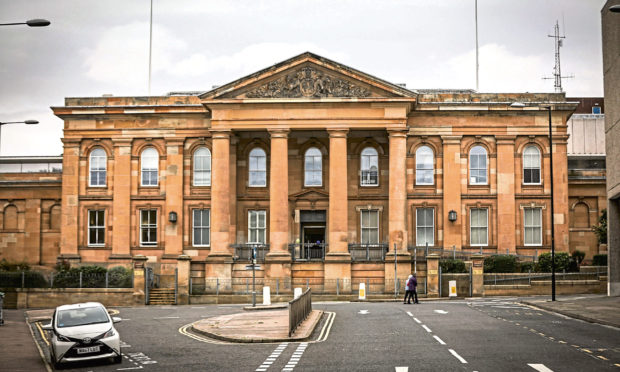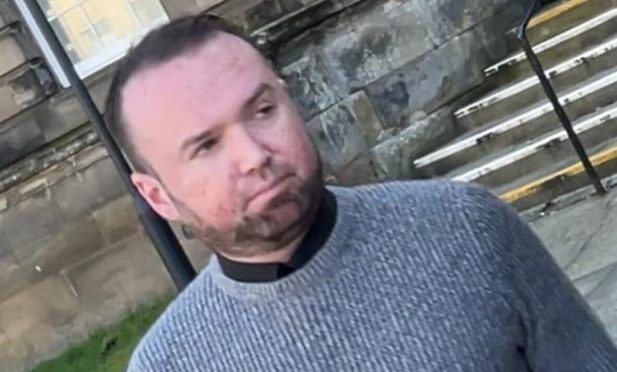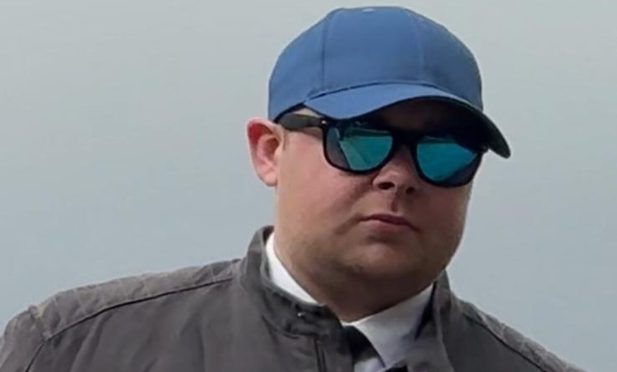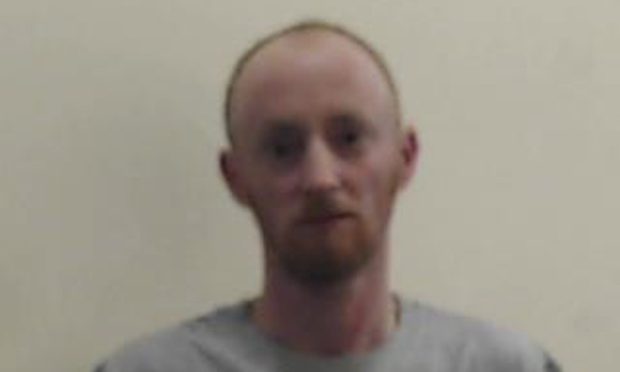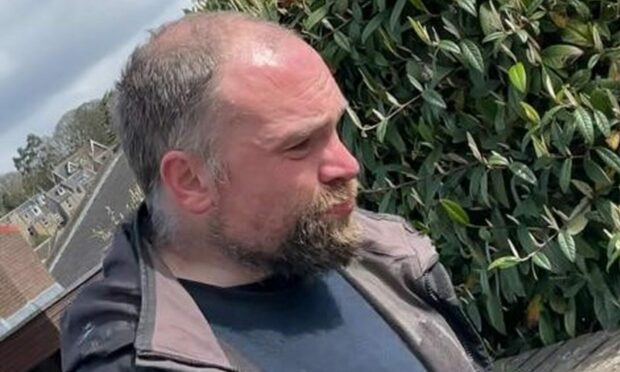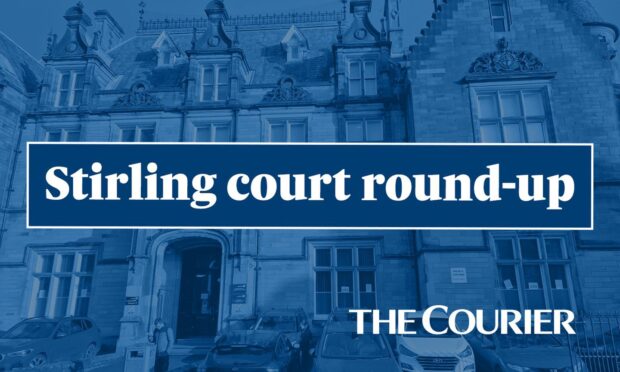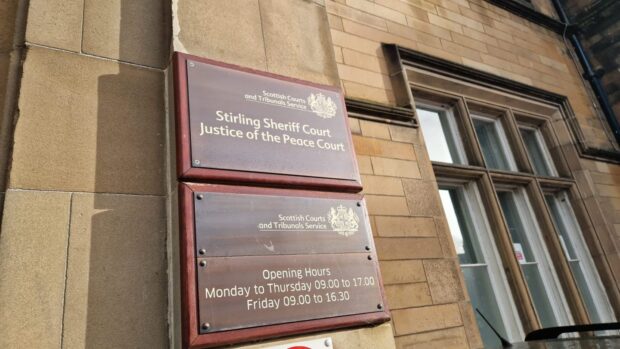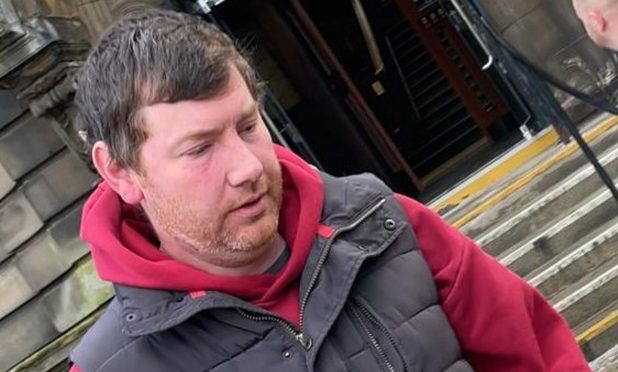A leading children’s neurosurgeon believes injuries sustained by a Dundee baby in an alleged attempted murder were consistent with “impact” and “shaking”.
Dr Jayaratnam Jayamohan said the four-month-old child “almost certainly” would have died without an emergency operation at Ninewells Hospital.
Marc Lannen, 34, is accused of attempting to murder the child in Dundee by shaking him and inflicting blunt force trauma through unknown means in August 2018.
Life-saving surgery was performed for a subdural hematoma – blood collecting between the skull and the surface of the brain.
The boy’s mother said Lannen initially said the child had a seizure but later told her he was injured rolling off a couch.
The neurosurgeon who operated on the child and a paediatric radiologist both told the High Court in Dundee on Thursday shaking was the most likely cause of the boy’s injuries.
More medics gave evidence on Friday supporting that scenario.
‘Impact injury’ theory
The last known time of the baby being well is around 5pm when Lannen said he fed him a bottle before making a concerned phone call to his mother at 6.30pm.
The child was rushed to Ninewells in an ambulance after suffering a “prolonged”, 55-minute seizure and was operated on. He was later moved to Edinburgh.
In April 2022, Dr Jayamohan, a consultant paediatric neurosurgeon at John Radcliffe Hospital in Oxford, prepared a report on the child’s care based on treatment received, witness statements and other information linked to the investigation.
Jurors heard how a newborn screening in April 2018 showed blood underneath his scalp but the doctor said this was common and unrelated to the bleed on the brain the child suffered.
Dr Jayamohan, who gave evidence via video link, said the boy would have become unwell “within minutes” of the injuries being sustained, adding it was consistent with a singular episode.
“From an impact point of view it can be accidental but would be a very clear event that would be highly memorable to the carers.
“Rolling off the sofa onto the floor isn’t something I would associate with this level of injury.
“It would be clear in everybody’s memory there would be something that was extraordinary or outside of normal activity that would have happened.
“Whether that’s accidental or non-accidental, to me there’s an event that’s not being revealed.”
He added: “The large subdural bleed is, in my view, much more likely to be caused by an impact injury.
“The history they provided is more seen after a shaking event. Shaking events and impact events can happen at the same time.
“If it’s a shaking event, then it’s not accidental because that usually happens when they are holding the child.
“In cases I have previously been involved in, carers will sometimes shake the child then hit them or slam them down onto a firm but not hard surface – things described like sofa arms, beds.”
Ongoing issues
The child, now aged six, is in mainstream schooling but requires additional assistance and is regularly assessed by a paediatrician.
Dr Jayamohan said: “The ability to look at the more fine functions of the brain can only come on as they get older.
“You may find, sadly, that he may start to fall behind his peers and develop problems with behaviour and emotions over time as well.”
Queried about the lack of any bruising or marks on the boy’s ribs the doctor said: “If you find them they can be strongly suggestive of a shaking injury.
“A lot of babies who have had a shaking injury do not have these.”
Brain injury ‘worries’
The trial also heard from Dr Sarah Clegg, who was asked to assess the child at the Royal Hospital for Children & Young People in Edinburgh, where the boy was transferred from Ninewells.
The consultant paediatrician was not presented with a history of trauma and given no clear explanation for the injuries.
She told the trial: “Usually with bleeding on the brain, there’s been some form of traumatic event that has occurred.
“One always worries when you have a subdural hematoma and no history.
“Speaking from a child protection point of view, we always have injuries that can’t be explained initially by family or carers.”
When asked by advocate depute Leanne McQuillan if that applied to “injuries of this magnitude”, Dr Clegg replied: “That’s a bit less usual but it does happen.”
Dr Clegg said that there were no “clotting abnormalities” in the child.
‘Shaking’ identified in report
A joint paediatric and forensic report, shown to jurors, concluded shaking was a possible cause of the boy’s injuries.
Retinal haemorrhages were found in the left eye by Dr Conrad Schmoll, a consultant ophthalmologist at the Edinburgh hospital.
The report stated: “An unexplained left subdural haemorrhage and associated retinal haemorrhages in a non-mobile, four-month old boy who has no history to explain the findings is suggestive of non-accidental injury.
“The finding of retinal haemorrhaging raises the possibility of a shaking mechanism.”
Both Dr Clegg and Dr Schmoll said the subdural hematoma and retinal haemorrhaging were unlikely to be caused by falling from a couch or occurring spontaneously.
The medics pointed to the fact the boy did not suffer any bruising or fractures, adding rapid acceleration and deceleration would have caused the injuries.
Charges denied
The court previously heard how the baby had an “enormous” blood clot on the brain which would have killed him if not operated on immediately.
Consultant neurosurgeon Dr Kismet Hossain-Ibrahim said there was “horrific” brain shift resembling a car crash injury.
Another medic who treated the boy, consultant paediatric radiologist Dr Michael Jackson, said: “We are talking about a sustained episode of significant, forceful shaking.”
Lannen of Whitfield Rise, denies assaulting the child at an address in Dundee on August 23 2018 by shaking him, inflicting blunt force trauma to the head and causing injury to the head through unknown means.
It is alleged this caused the child severe injury, permanent disfigurement, permanent impairment, endangered his life and was an attempt to murder him.
The trial before judge Lord Young continues.
For more local court content visit our page or join us on Facebook.
